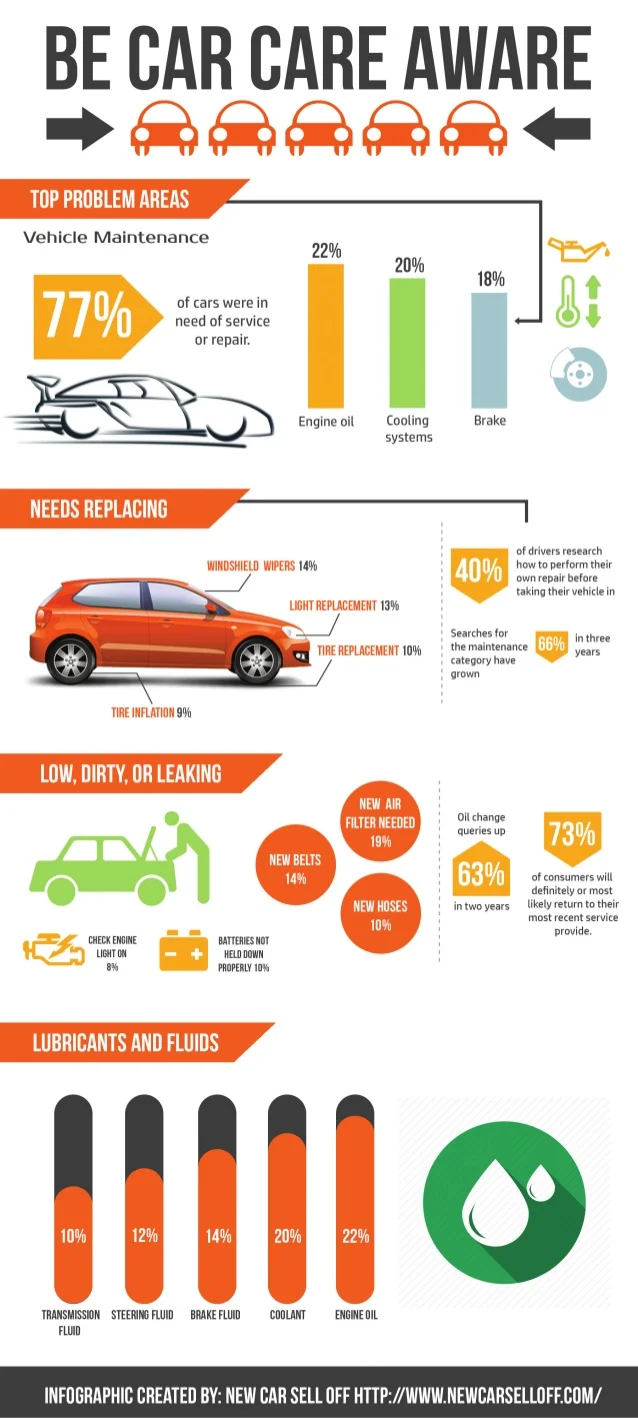Assessing Your Cars And Truck'S Warning Indicators: What They Truly Communicate
Assessing Your Cars And Truck'S Warning Indicators: What They Truly Communicate
Blog Article
Content Author-Sykes Torres
When you're behind the wheel, those radiant warning lights on your dashboard can be a little bit puzzling. Do you know what they're attempting to inform you about your auto's health and wellness? Recognizing the importance of these lights is crucial for your safety and security and the long life of your vehicle. So, the next time one of those lights pops up, would not you intend to understand its message accurately and take the required steps to address it?
Common Warning Lighting and Interpretations
Determine usual warning lights in your auto and comprehend their definitions to ensure secure driving.
One of the most regular caution lights include the check engine light, which signifies problems with the engine or discharges system. If this light begins, it's essential to have your vehicle examined promptly.
The oil stress alerting light indicates low oil pressure, needing immediate attention to stop engine damage.
A blinking battery light may suggest a damaged billing system, possibly leaving you stranded otherwise addressed.
The tire pressure surveillance system (TPMS) light notifies you to reduced tire pressure, impacting car stability and fuel performance. Neglecting Read the Full Guide could bring about unsafe driving conditions.
The abdominal muscle light indicates a problem with the anti-lock stopping system, endangering your ability to stop swiftly in emergencies.
Last but not least, the coolant temperature level cautioning light warns of engine getting too hot, which can cause extreme damage otherwise settled quickly.
Recognizing these usual warning lights will help you attend to issues immediately and keep safe driving problems.
Relevance of Prompt Attention
Comprehending the usual warning lights in your auto is just the first step; the importance of immediately addressing these cautions can not be stressed sufficient to guarantee your security on the road.
When Recommended Webpage illuminates on your dashboard, it's your cars and truck's way of connecting a potential concern that needs interest. Ignoring these warnings can bring about much more serious issues later on, compromising your safety and security and possibly costing you much more out of commission.
Trigger interest to alerting lights can avoid failures and crashes. For instance, a flashing check engine light can show a misfire that, if left ignored, can create damage to the catalytic converter. Resolving this promptly can save you from an expensive repair.
Likewise, a brake system warning light may signify reduced brake liquid or used brake pads, essential components for your security when driving.
Do It Yourself Troubleshooting Tips
If you observe a warning light on your dashboard, there are a couple of do it yourself fixing pointers you can attempt before seeking specialist help.
The very first step is to consult your automobile's manual to comprehend what the specific caution light suggests. Occasionally the concern can be as straightforward as a loosened gas cap triggering the check engine light. Tightening the gas cap may fix the issue.
One more typical issue is a low battery, which can cause various alerting lights. Examining the battery links for deterioration and guaranteeing they're secure might fix the problem.
If a caution light lingers, you can try resetting it by separating the car's battery for a couple of mins and then reconnecting it. In addition, inspecting your vehicle's liquid degrees, such as oil, coolant, and brake liquid, can help repair advising lights connected to these systems.
Final thought
Finally, understanding your vehicle's warning lights is important for keeping your automobile running smoothly and securely. By quickly resolving these signals and recognizing what they imply, you can stay clear of costly repair services and potential malfunctions.
Remember to consult your vehicle's manual for specific details on each advising light and act accordingly to make sure a hassle-free driving experience.
Remain educated, remain safe when traveling!
